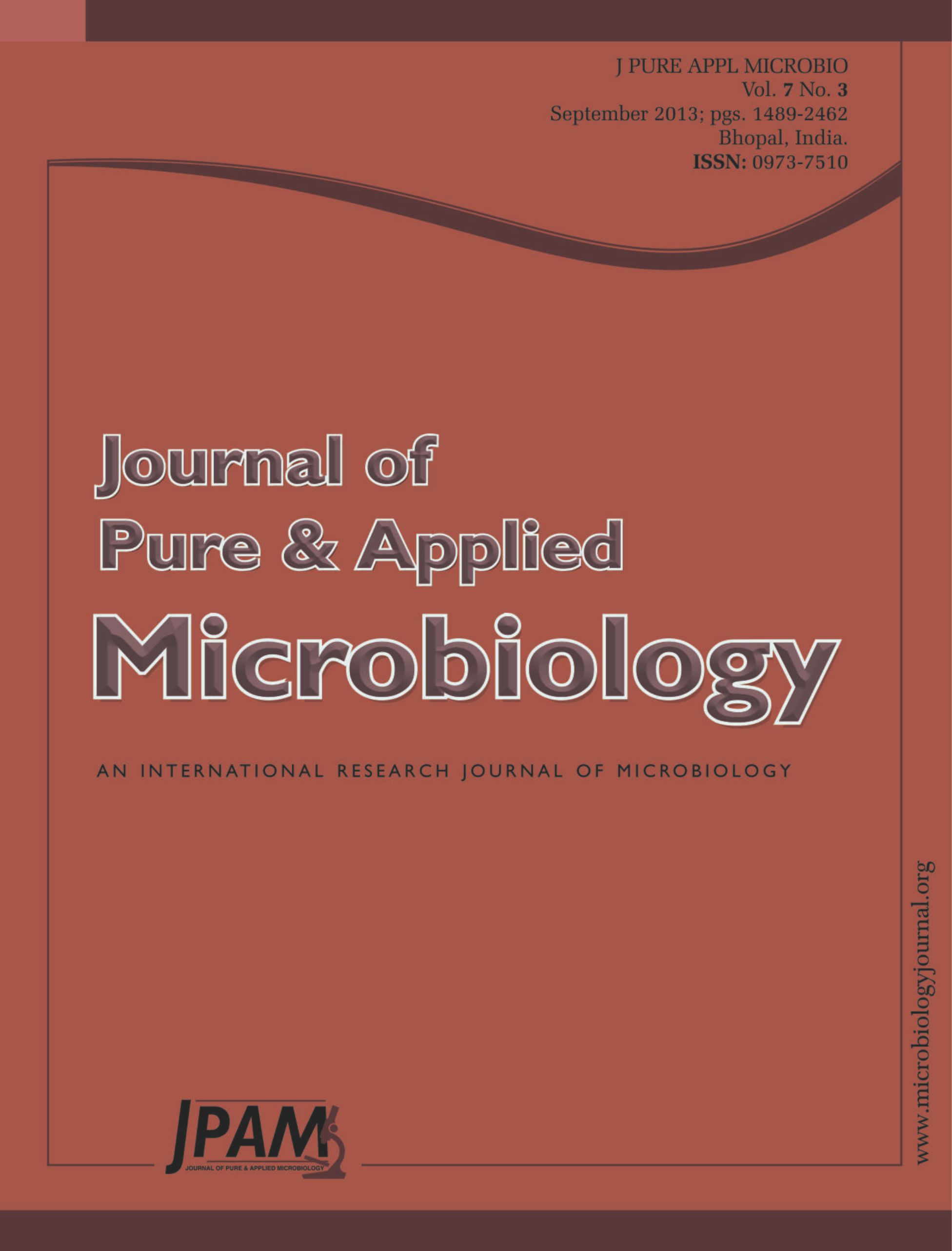Evaluate the phylogenetic diversity of isolated species from hot spring water in Bani Malik on the foot hill of Fifa mountain in Gizan Region of southwestern Saudi Arabia. The identification based on the molecular techniques such as 16Sr RNA, phycocyanine intergenic spacer (PG-IGS) and nitrogenase (nifH) amplification. In addition, the differentiation between all isolated cyanobacterial strain applying restriction fragment length polymorphism (RFLP) and sequencing the gene produced.16Sr RNA-PCR amplification has been performed for all isolated strains; Fischerella sp., Synechococcus sp., Prochlorothrix sp., Oscillatoria sp., Phormidium sp., and the two species of Leptolyngbya sp. resulting number of bands which determine the identity of the genomes as prokaryotes. Amplification by PCR of the phycocyanine gene of intergenic spacer region (PG-IGS) observed that is highly conserved within genus, but differ significantly between genera. The results of RFLP applications showed a genetic heterogeneity among some isolates while there is a similarity for the other strains. Similar conclusions with bacteria showed that 16Sr RNA sequence similarly of 96+97%. The phylogenetic tree were conducted from the use of distant out groups, long branch attraction, heterogeneous base composition and site-specific rate variation using Mac lade 4-software. DNA sequences of the 16Sr RNA internal transcribed spacer region (16S-23S ITS) are known to be variable and exhibit enormous differences in sequences and length. Diversity surveying, community fingerprinting, and functional interrogation of natural populations have become common, enabled by a battery of molecular and bioinformatics techniques, some specifically developed for the cyanobacteria, which are reviewed in detail. The ensuring effects on our views of cyanobacterial ecology have been perhaps less revolutionary, because of the special characteristics of cyanobacteria among microbes, but also significant.
Cyanobacteria, Genetic Profiling, Hot springs, 16Sr RNA
© The Author(s) 2014. Open Access. This article is distributed under the terms of the Creative Commons Attribution 4.0 International License which permits unrestricted use, sharing, distribution, and reproduction in any medium, provided you give appropriate credit to the original author(s) and the source, provide a link to the Creative Commons license, and indicate if changes were made.


